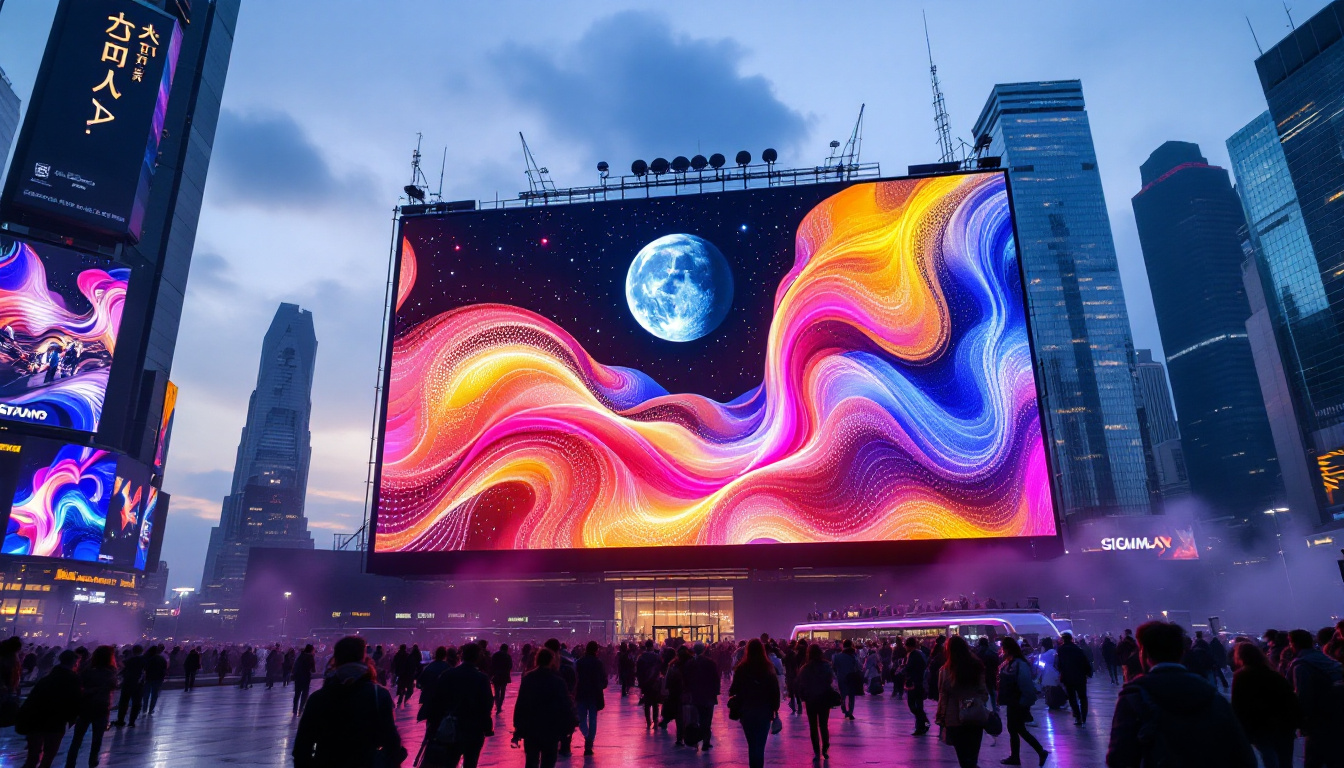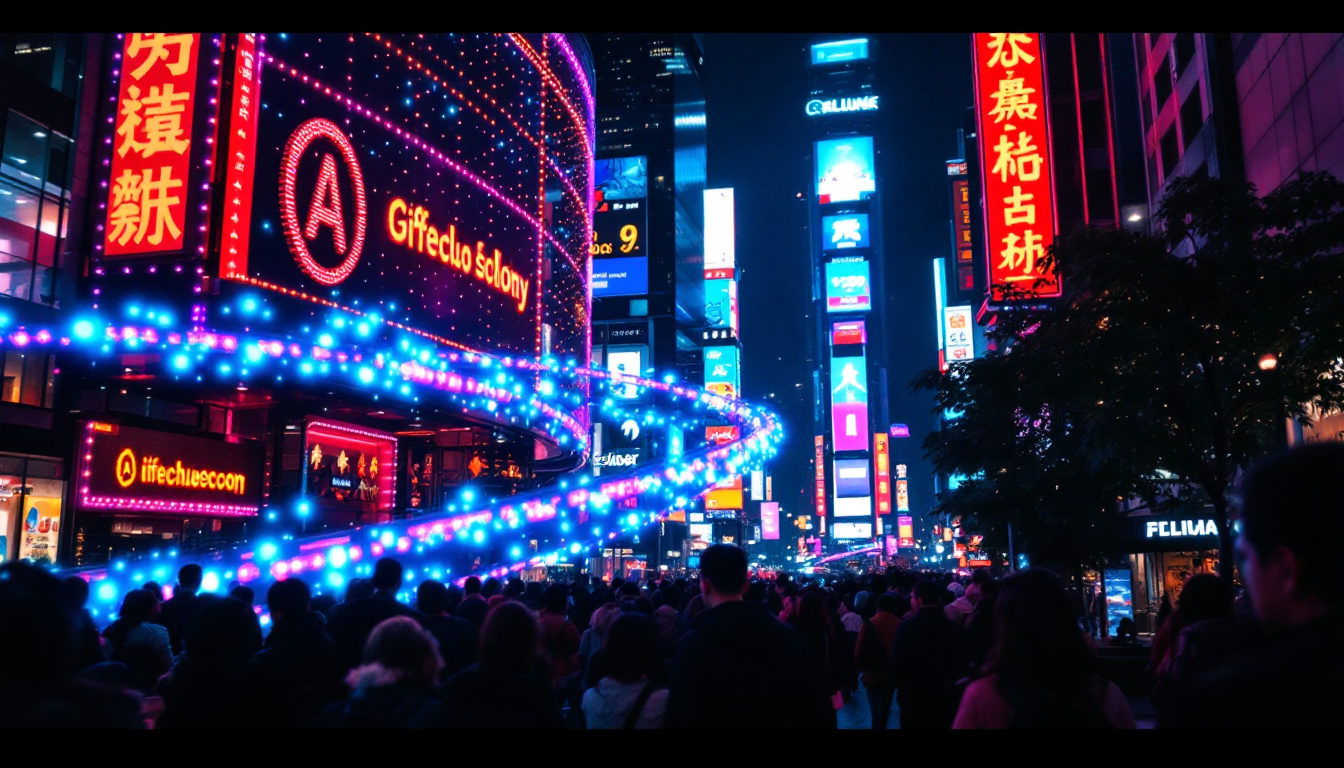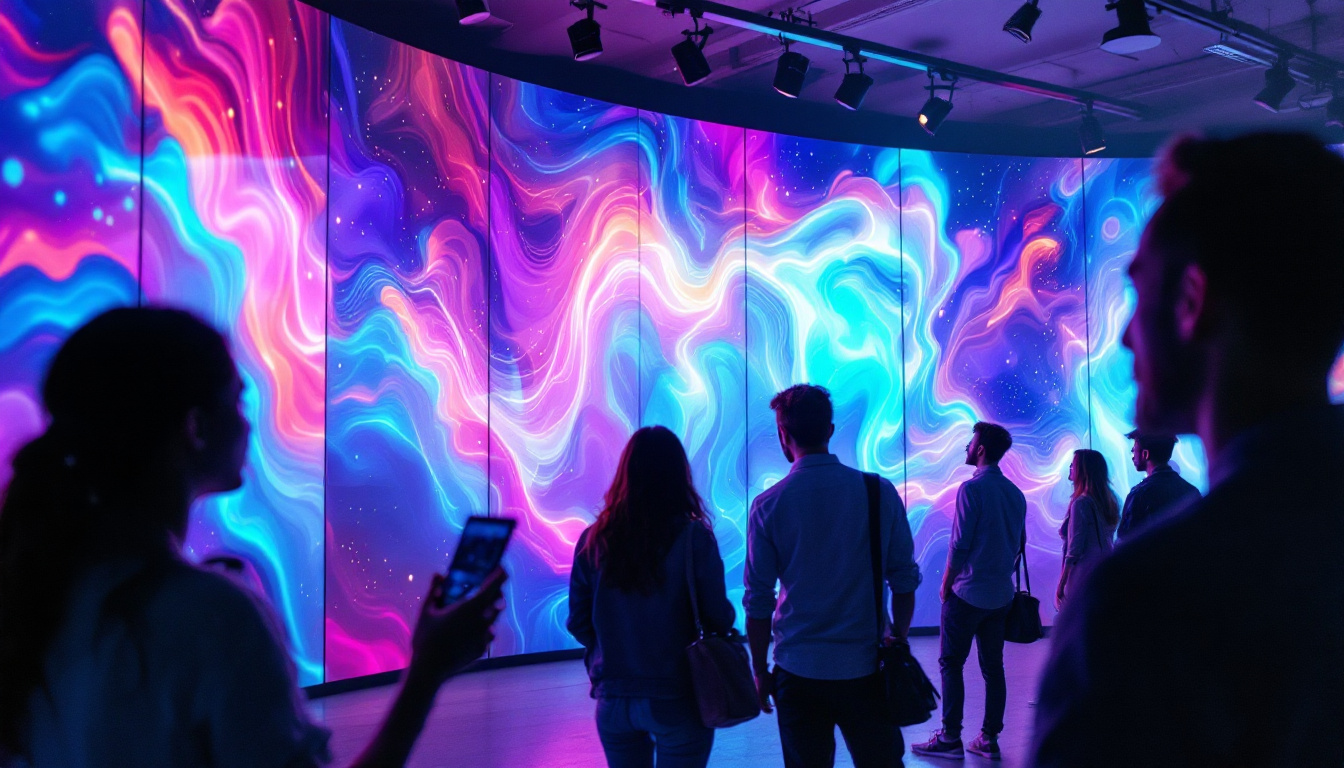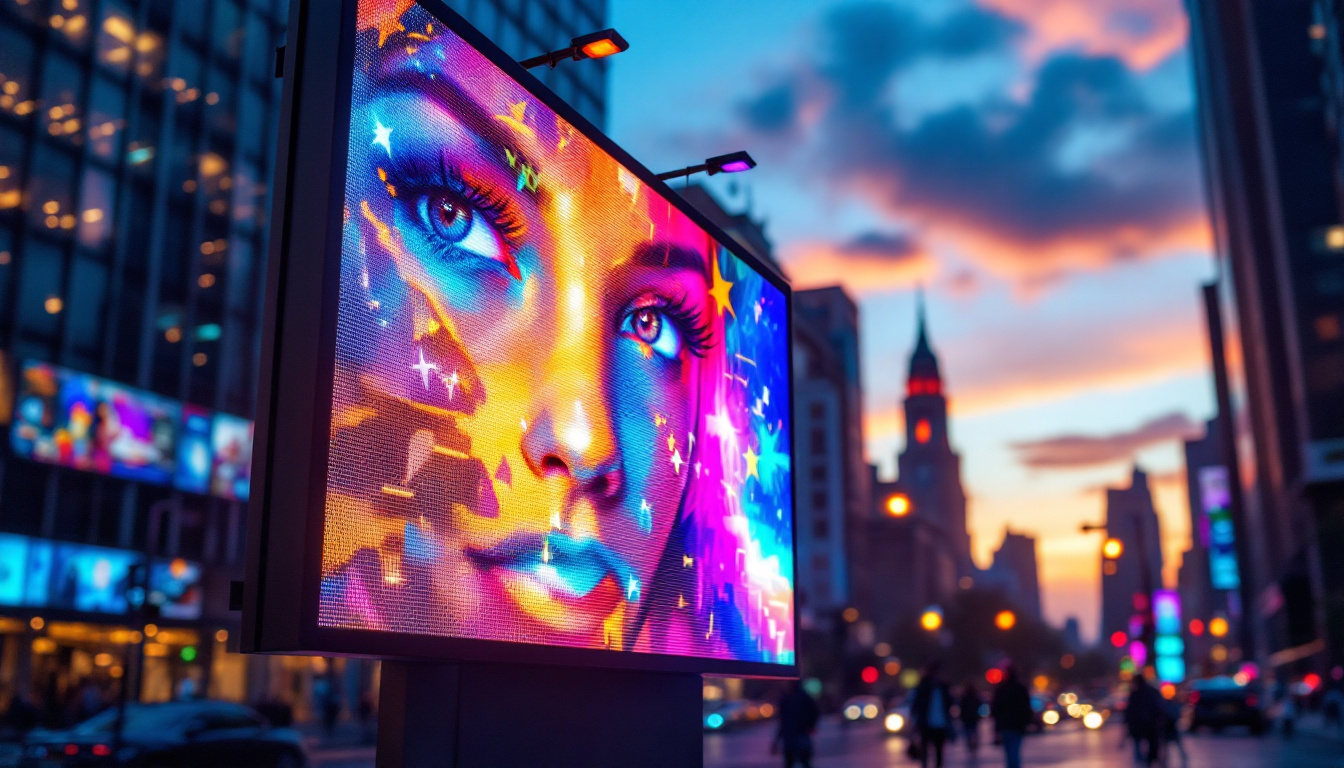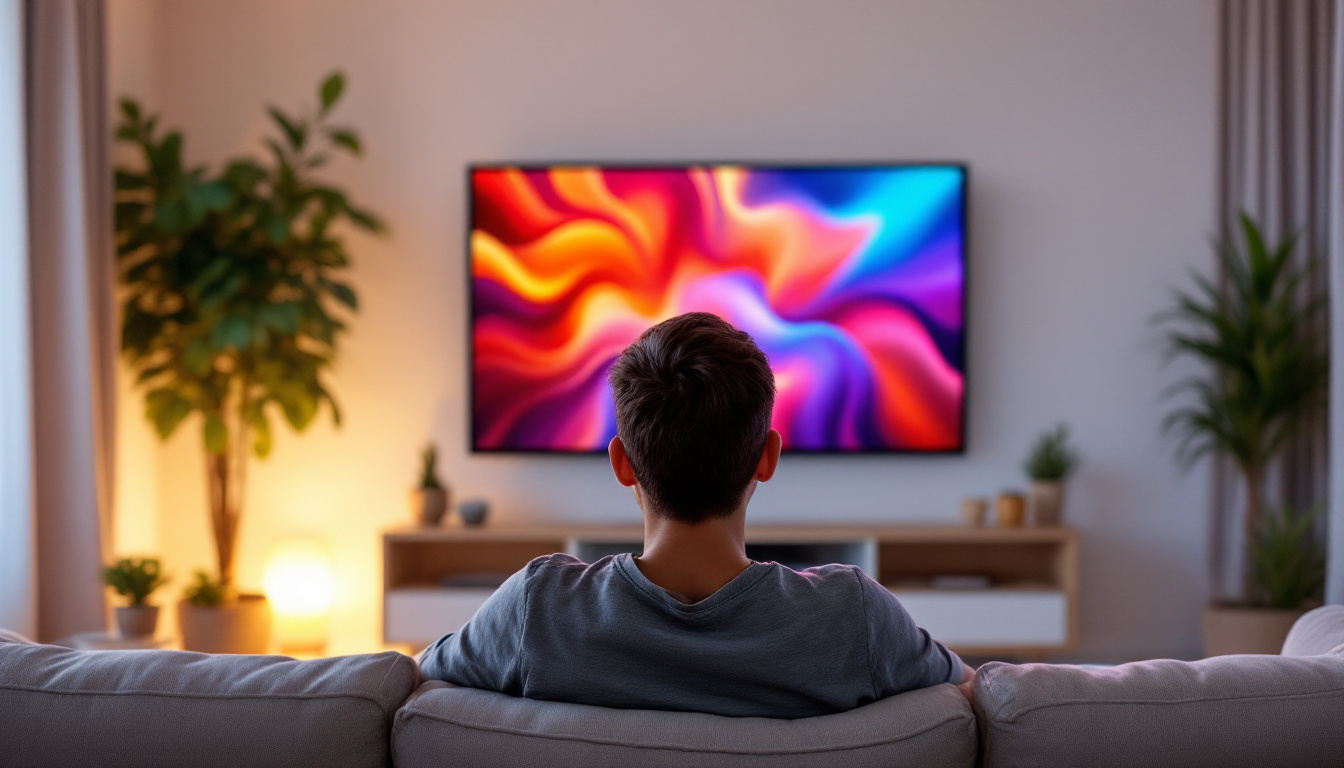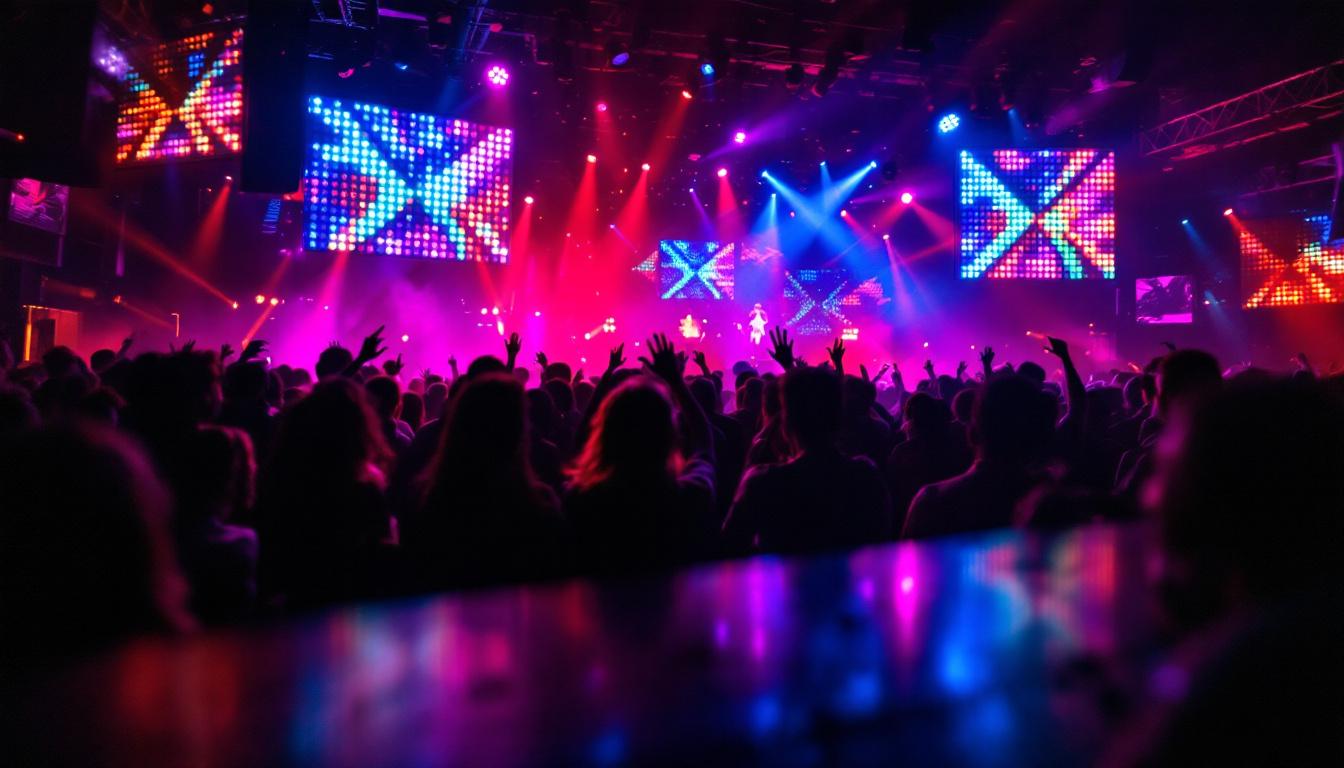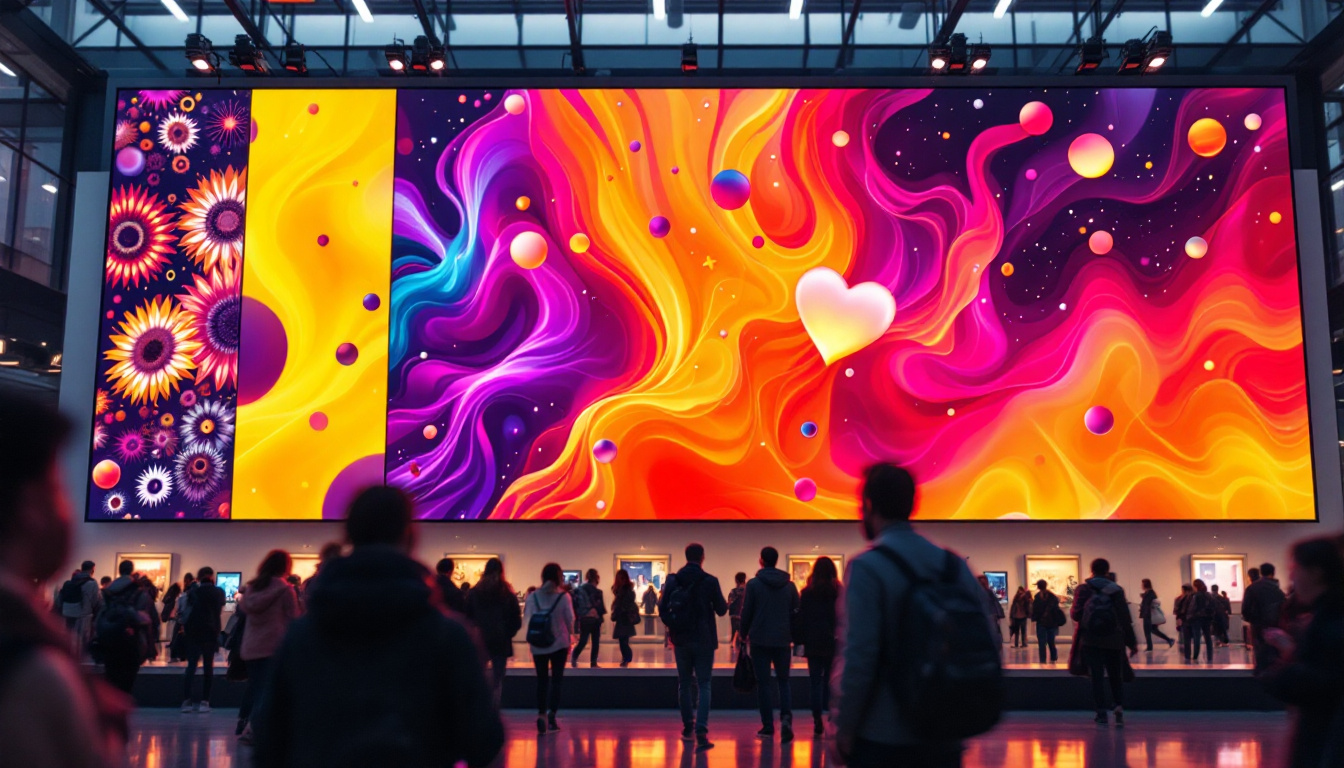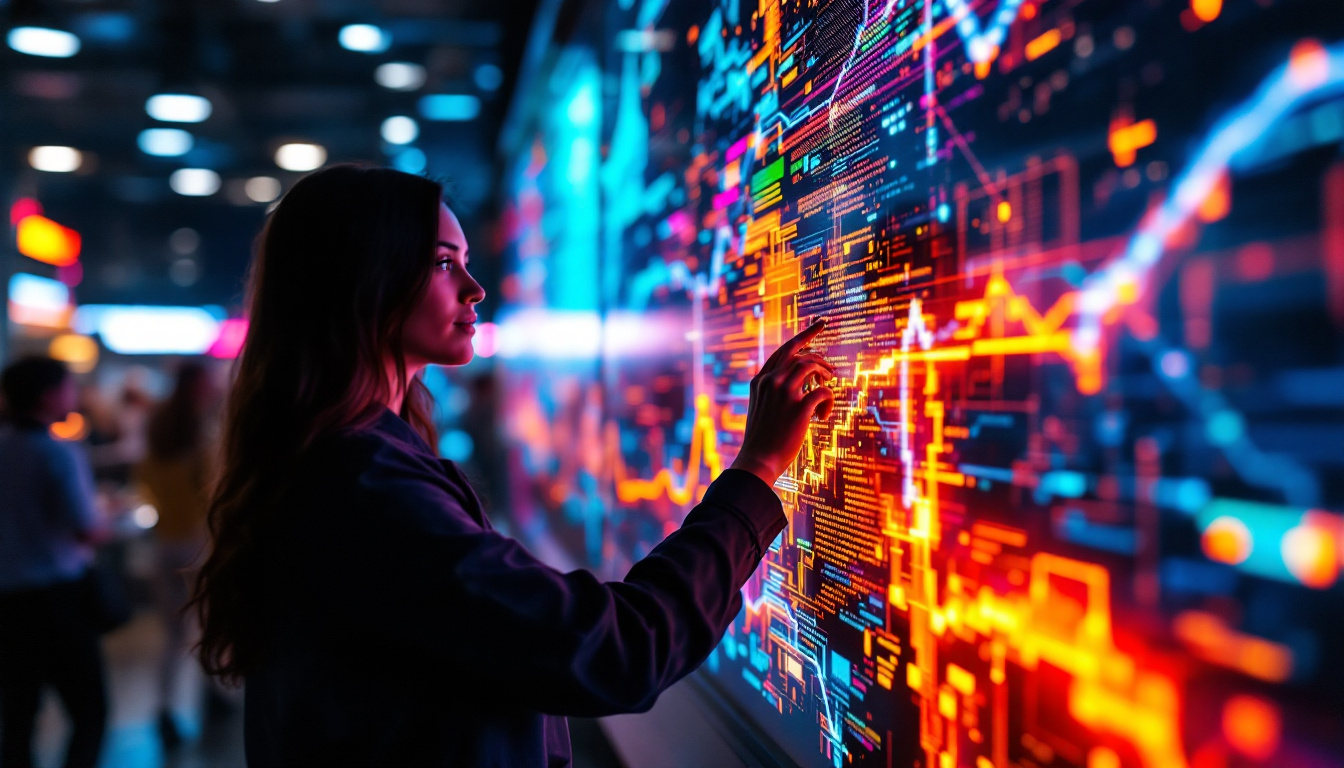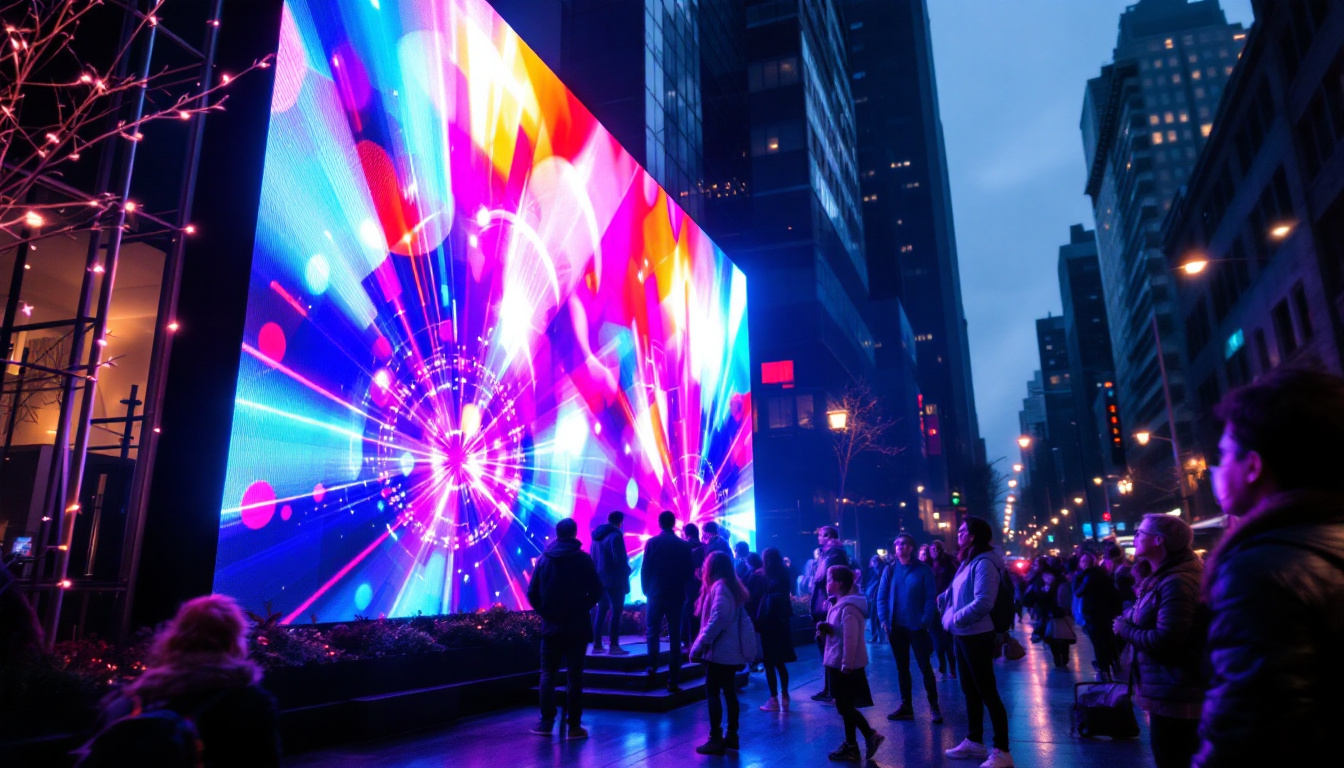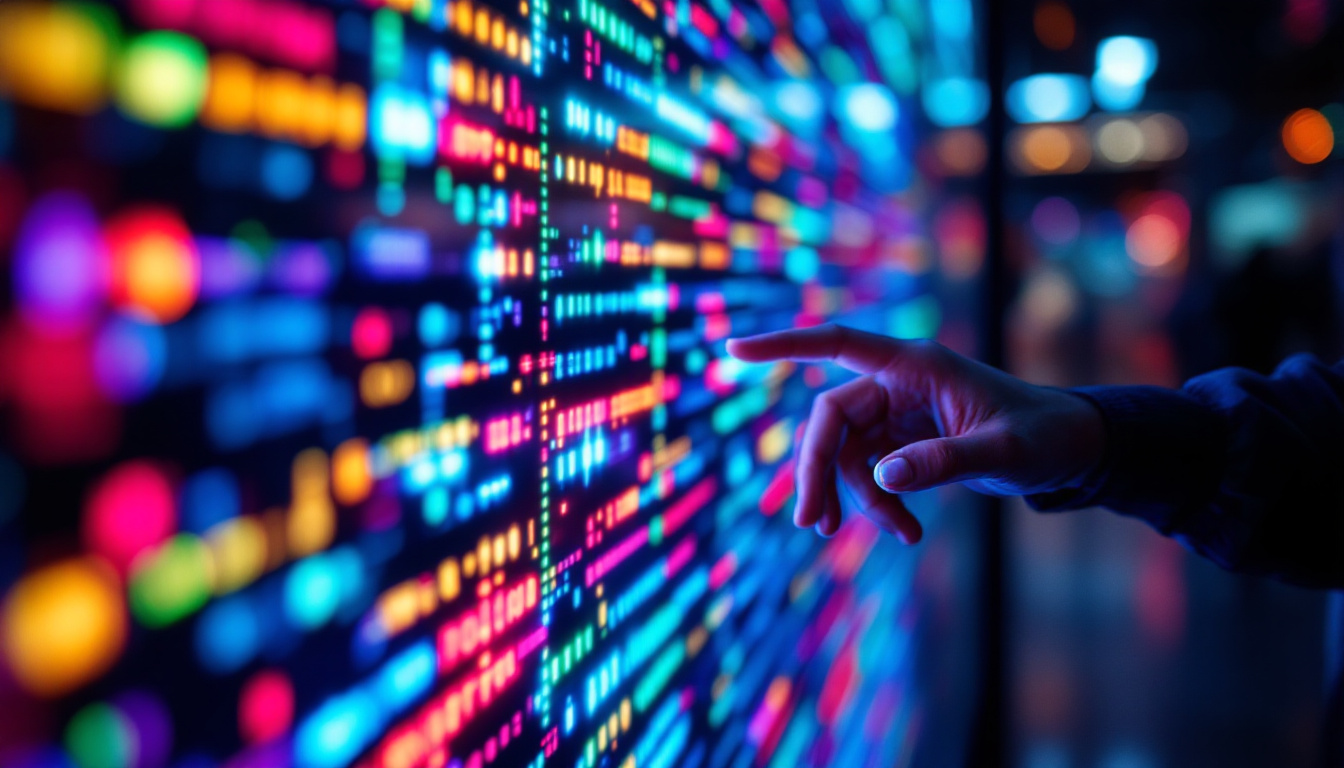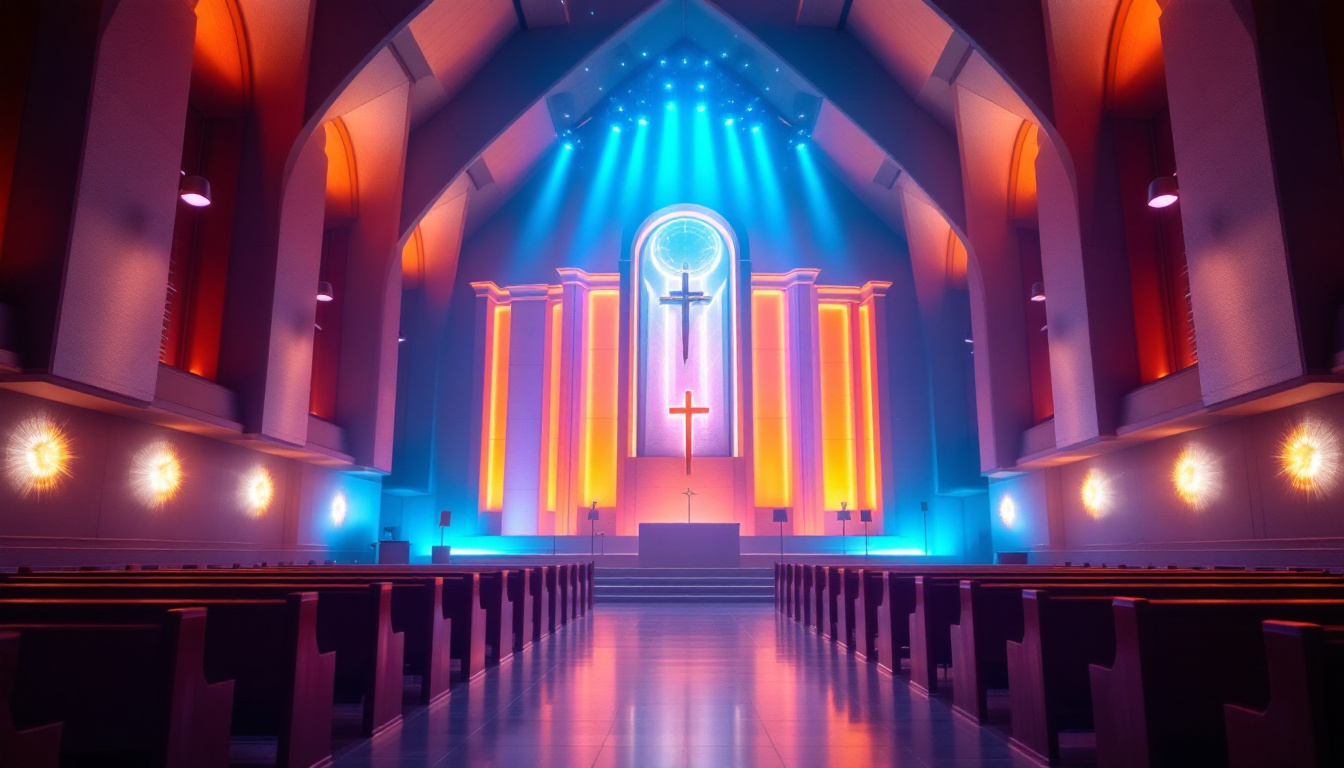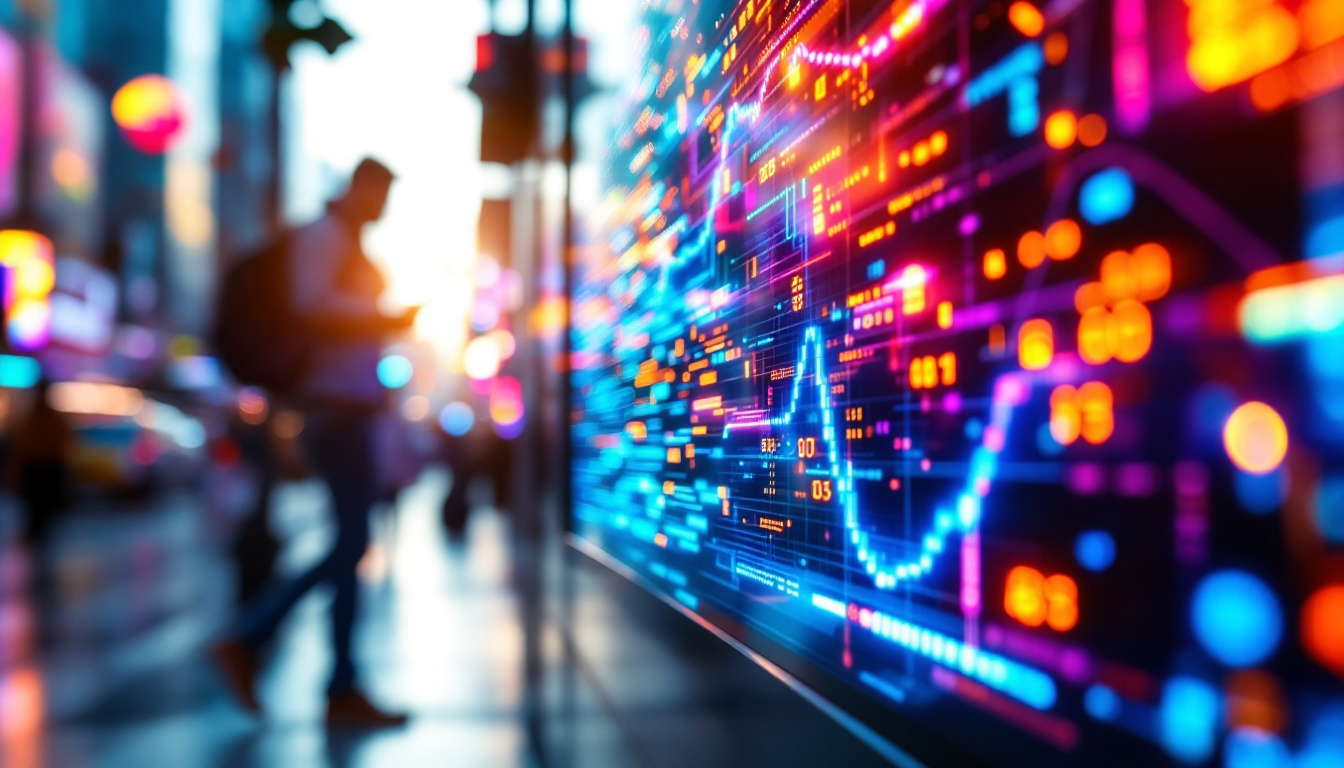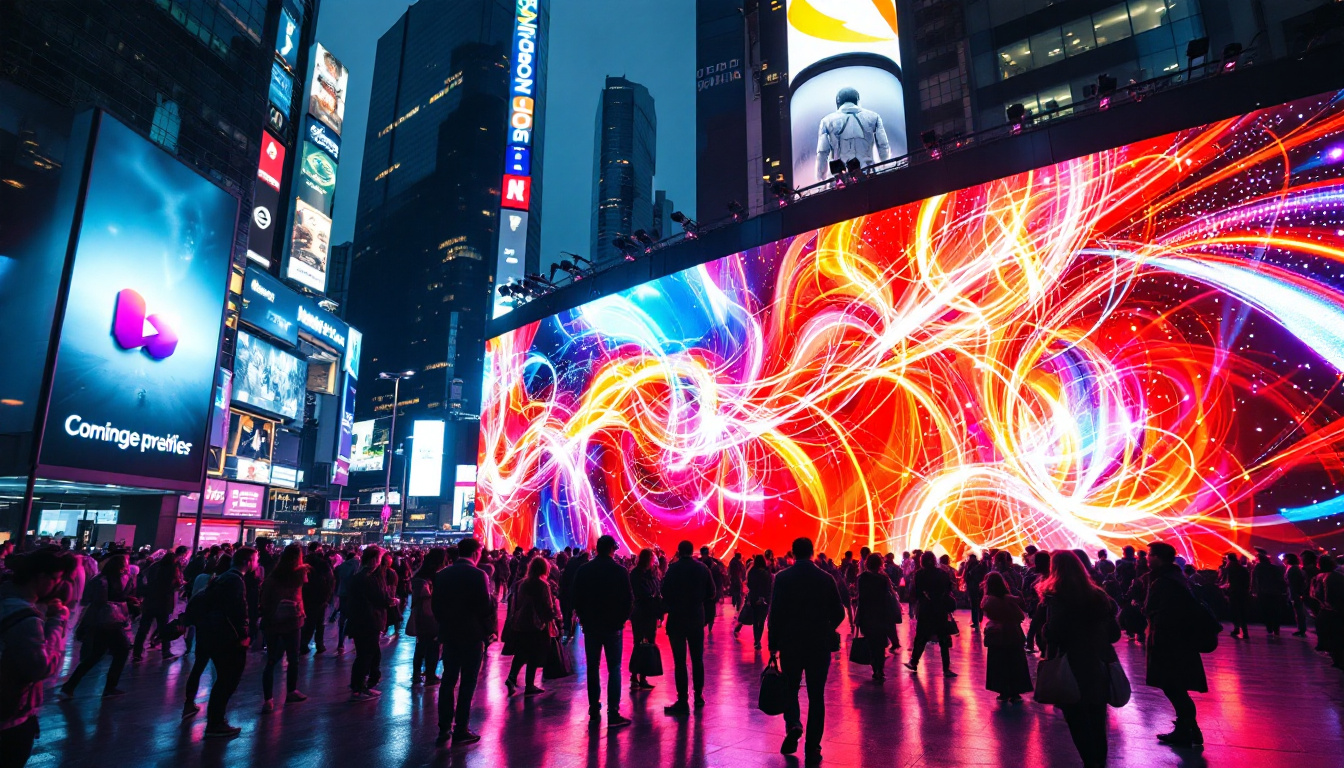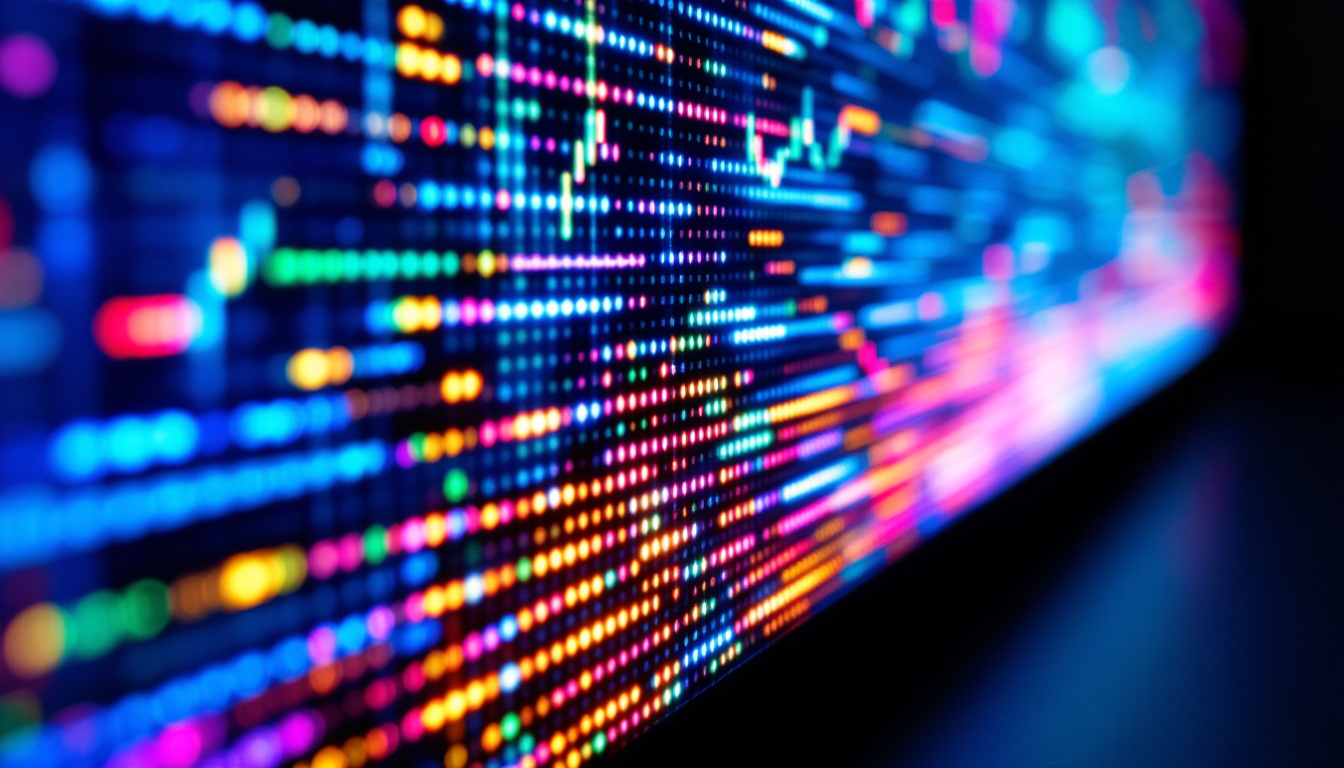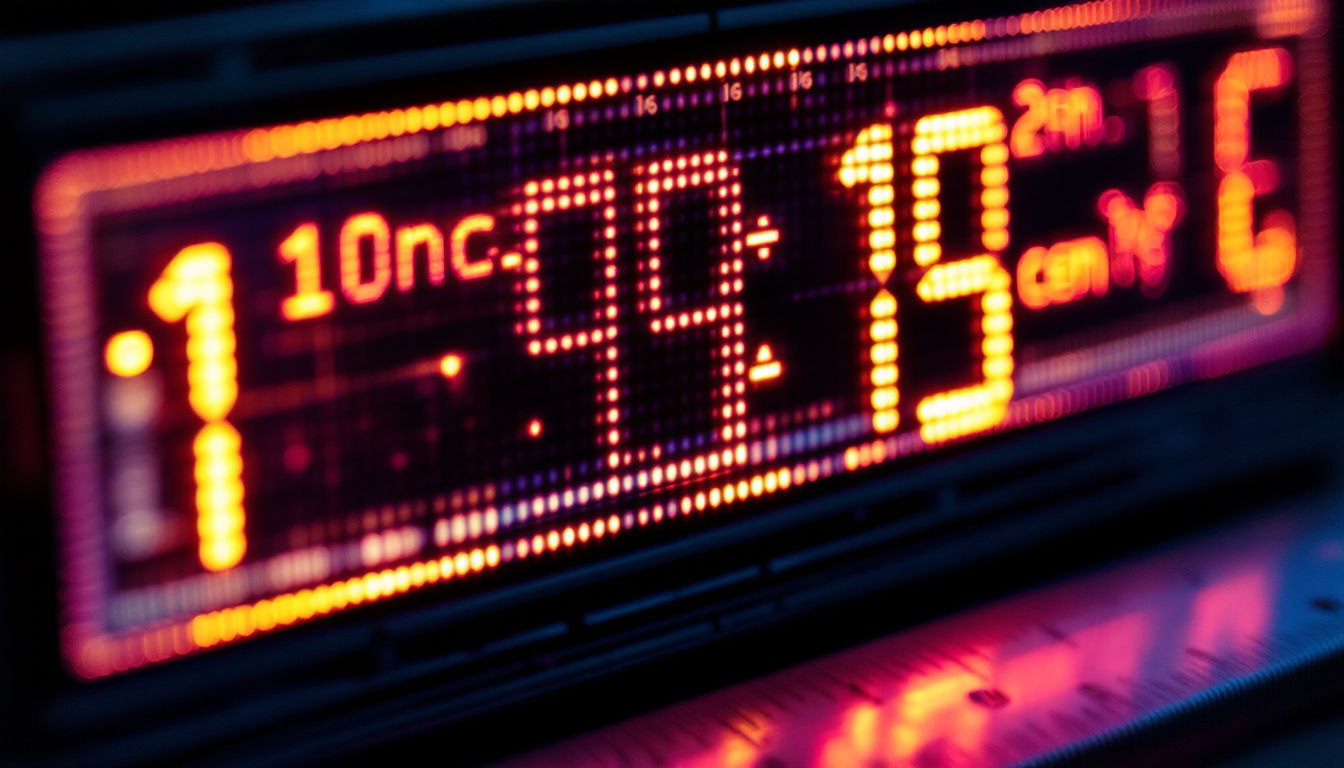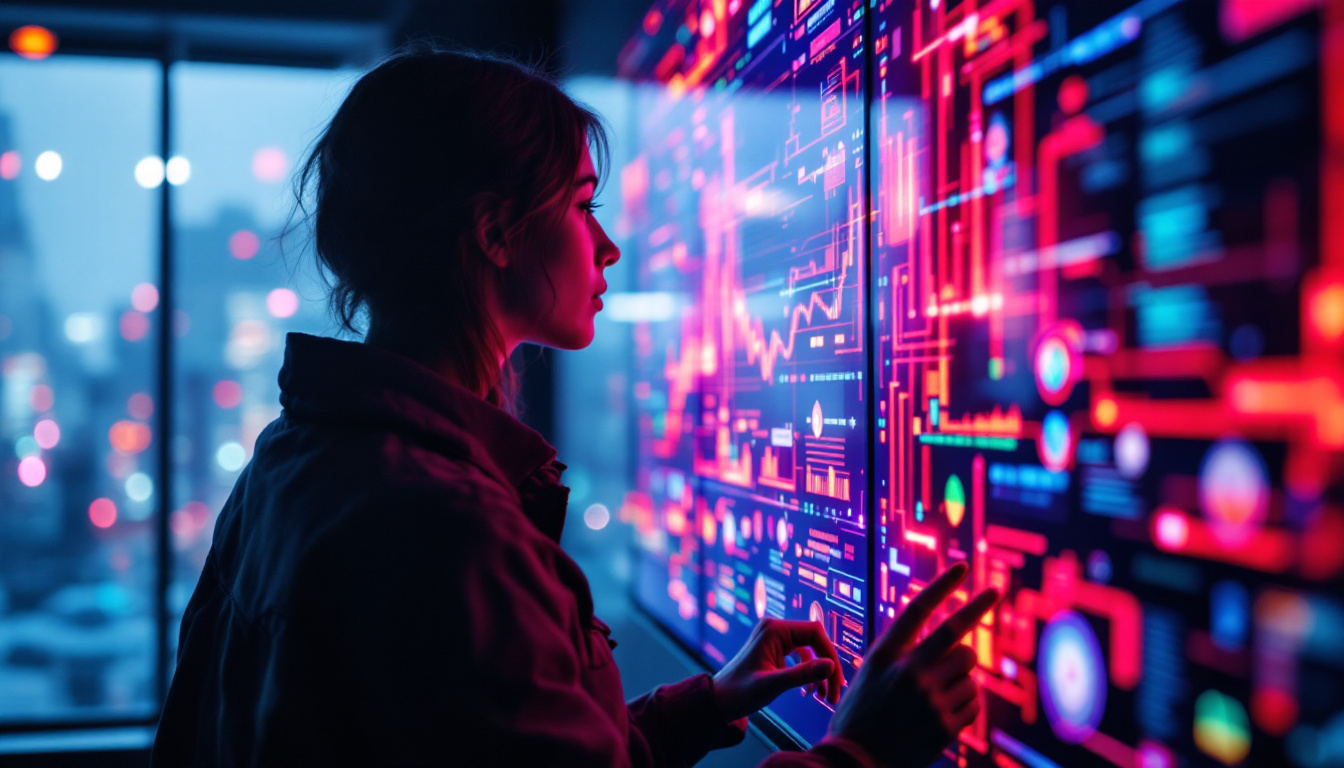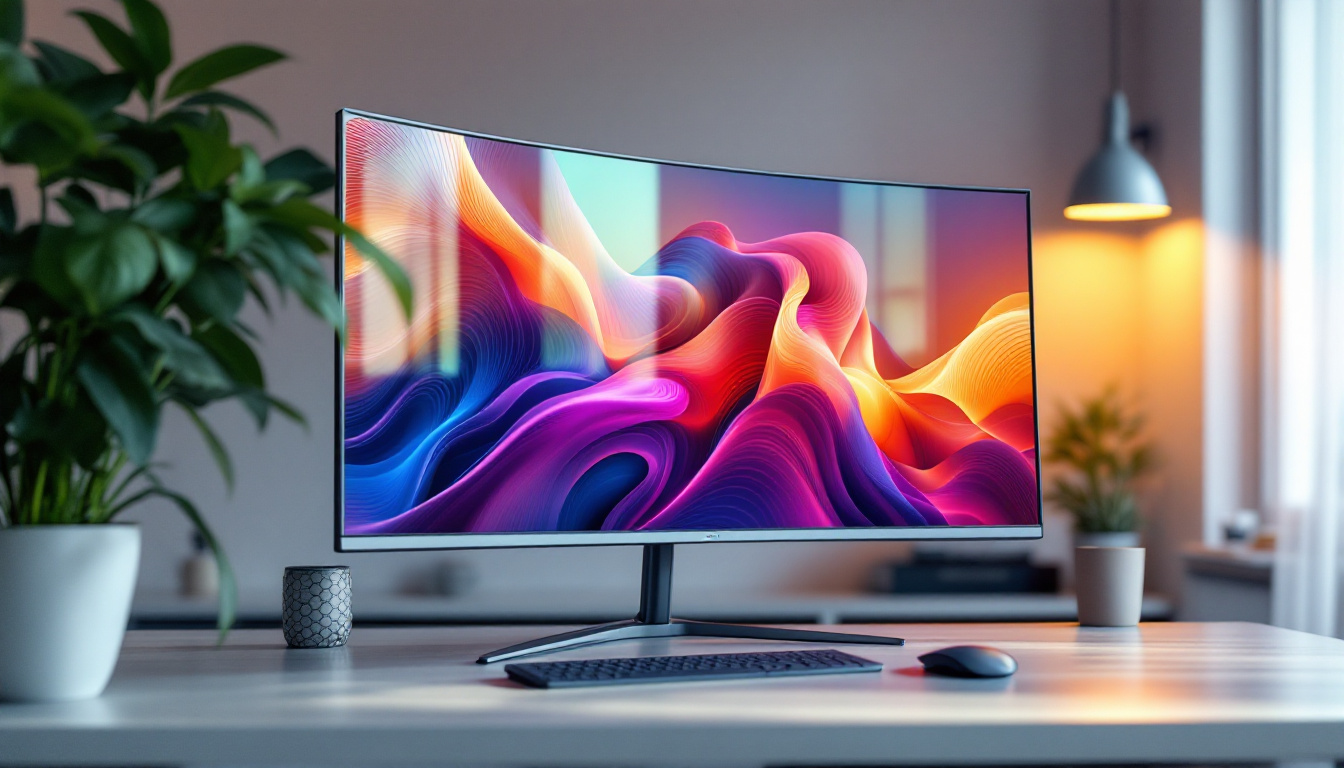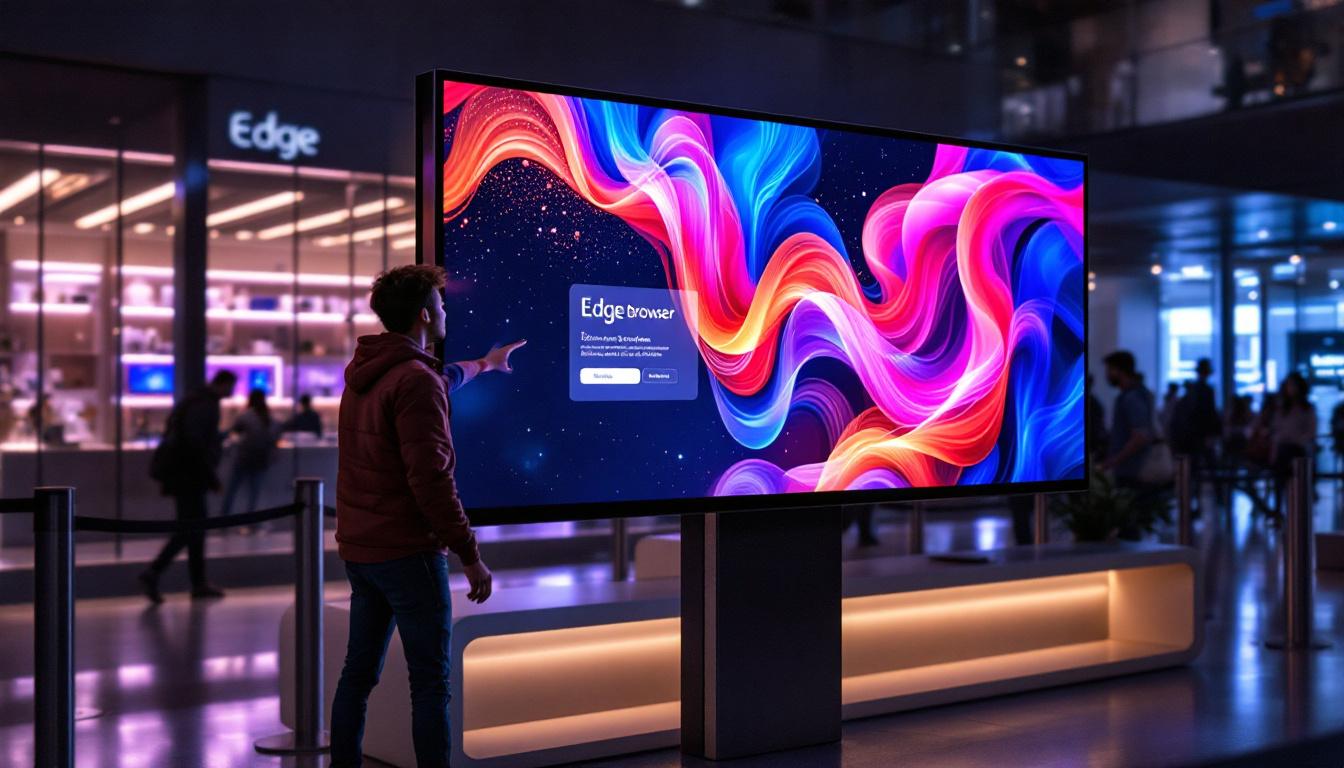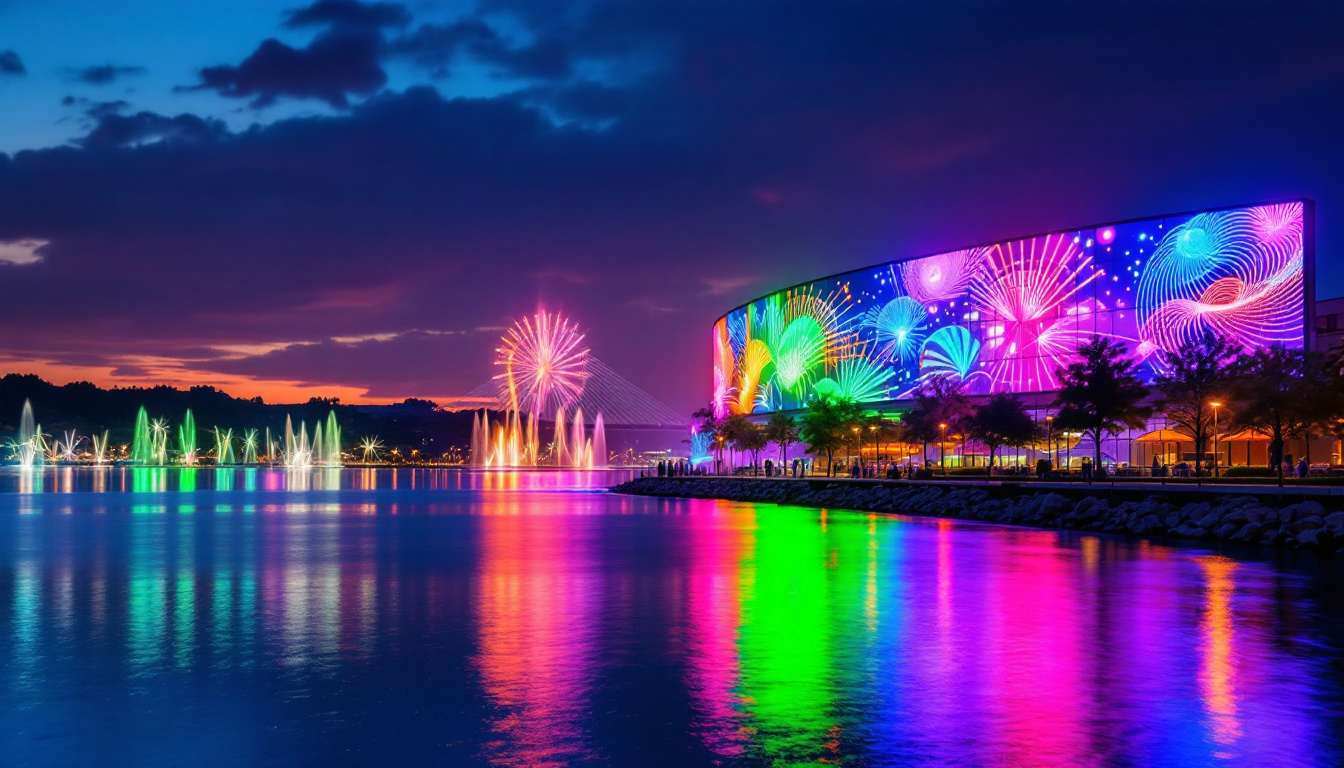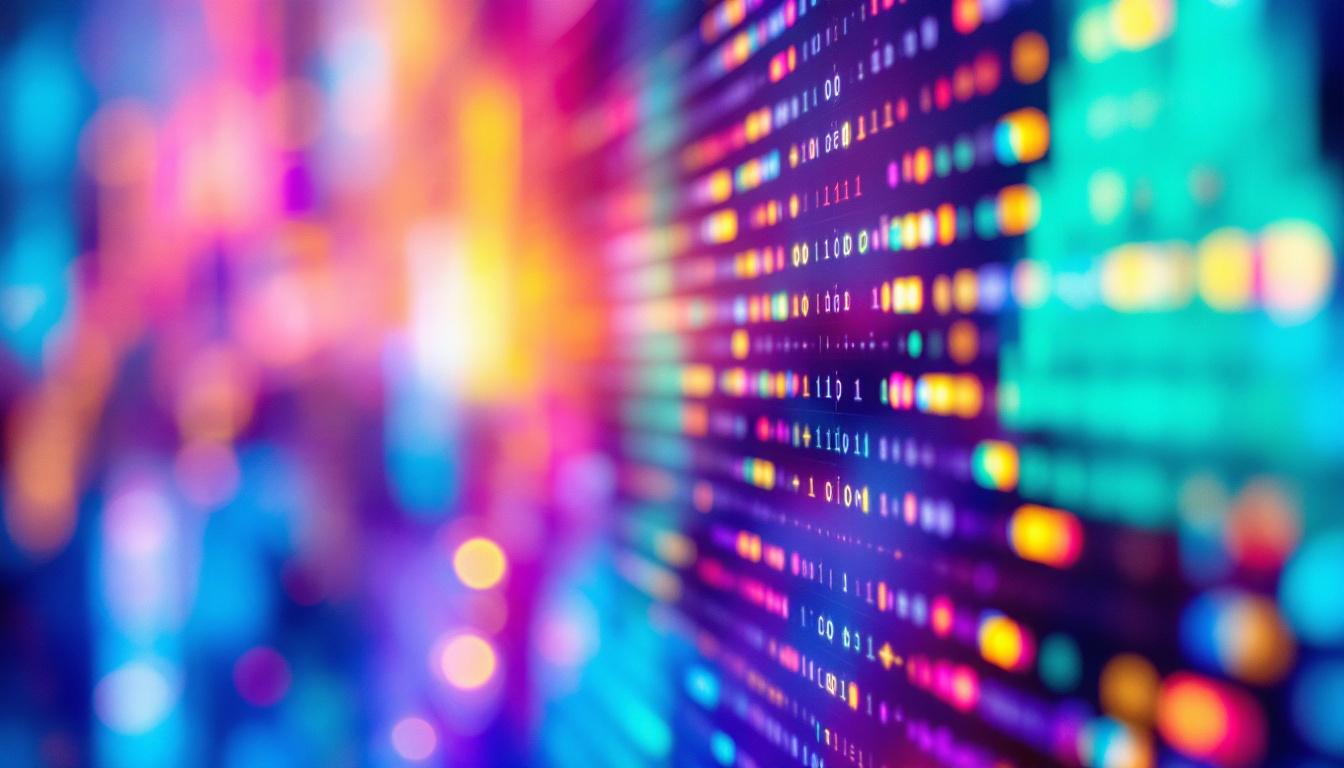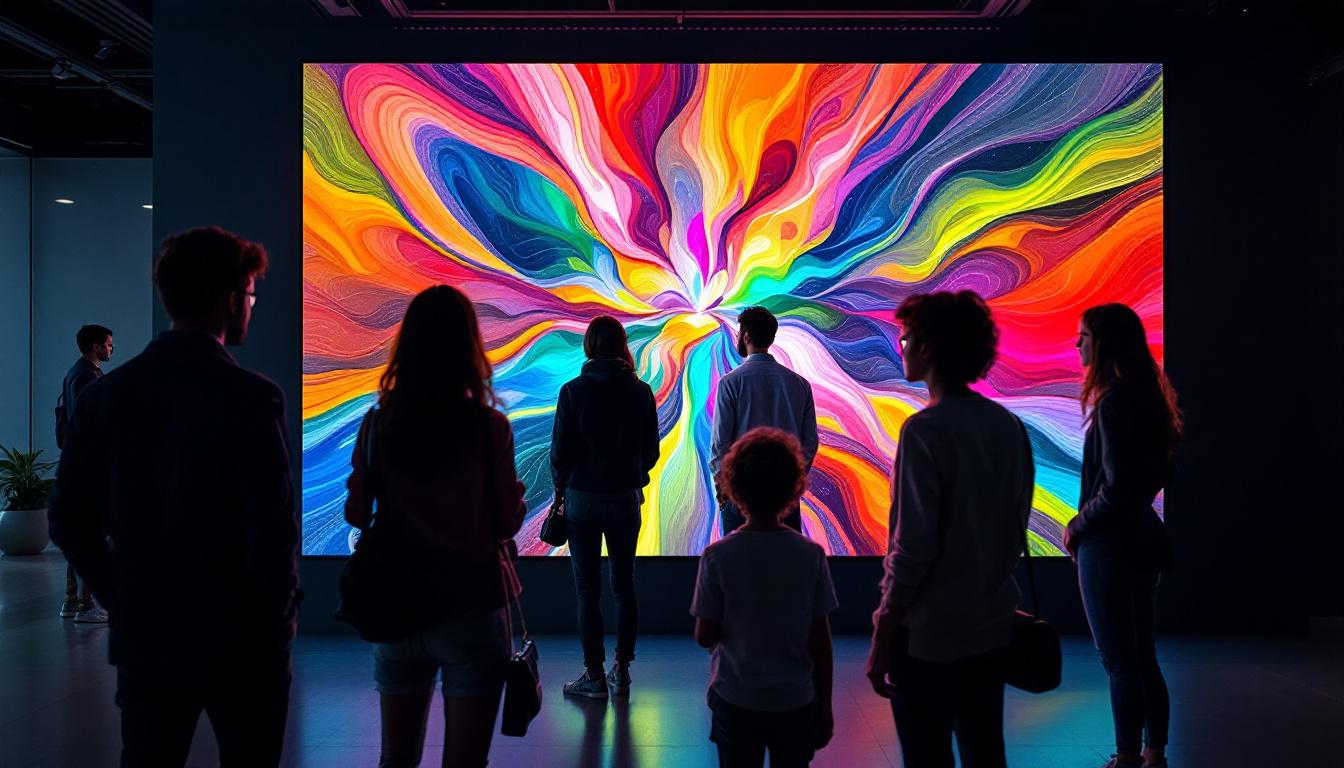Largest LED Screen In World: LED Display Explained
In recent years, LED technology has revolutionized the way we experience visual displays. From smartphones to billboards, LEDs have become ubiquitous, but one particular installation stands out: the largest LED screen in the world. This article delves into the fascinating world of LED displays, exploring their technology, applications, and the incredible feat of engineering that is the largest LED screen.
Understanding LED Technology
Light Emitting Diodes (LEDs) are semiconductor devices that emit light when an electric current passes through them. This technology has evolved significantly over the years, leading to brighter, more energy-efficient displays. The basic structure of an LED involves a chip made of semiconductor material, which is encapsulated in a resin. When electricity flows through the chip, it emits light, creating the vibrant colors we see on screens today. The compact size of LEDs allows for versatile applications, from small indicator lights to large-scale displays, making them integral to modern technology.
How LEDs Work
At the core of LED technology is the principle of electroluminescence. When electrons recombine with holes in the semiconductor, energy is released in the form of light. Different materials and combinations of elements can produce various colors. For instance, using gallium nitride can yield blue light, while gallium phosphide can produce green. By combining these colors, a full spectrum can be achieved, allowing for the creation of vivid images and videos. This versatility in color production is one of the reasons LEDs have become the go-to choice for displays in various settings, from advertising billboards to artistic installations.
Moreover, the brightness and efficiency of LEDs have improved dramatically. Modern LEDs can produce more lumens per watt than traditional incandescent bulbs, making them a popular choice for both indoor and outdoor applications. This efficiency not only reduces energy consumption but also enhances the longevity of the displays, making them a cost-effective solution in the long run. Additionally, advancements in thermal management technologies have allowed LEDs to operate at higher temperatures without compromising performance, further extending their lifespan and reliability.
Types of LED Displays
LED displays come in various forms, each suited to different applications. The most common types include:
- Direct View LED Displays: These are made up of individual LEDs that are directly visible to the viewer. They are often used in large outdoor screens and stadiums.
- LED Backlit Displays: These displays use LEDs to illuminate an LCD panel from behind, enhancing brightness and contrast. They are commonly found in televisions and computer monitors.
- Organic LED (OLED) Displays: Utilizing organic compounds, these displays offer superior color accuracy and contrast. They are increasingly used in smartphones and high-end televisions.
In addition to these common types, there are also specialized LED displays designed for specific uses. For example, Transparent LED displays are gaining popularity in retail environments, allowing for eye-catching advertisements while still permitting visibility through the screen. Another innovative type is the Flexible LED display, which can be bent or shaped to fit unconventional surfaces, opening up new possibilities for creative installations. As technology continues to advance, the potential applications for LED displays seem virtually limitless, paving the way for even more immersive and interactive experiences.
The Largest LED Screen in the World
The largest LED screen in the world is a marvel of modern engineering and design. Located in the heart of a bustling city, this colossal display has become an iconic landmark, attracting visitors and locals alike. Its sheer size and vibrant visuals are a testament to the capabilities of LED technology.
Specifications and Features
This massive LED screen measures an astonishing 1,000 square meters, making it a dominant feature of the skyline. The display boasts a pixel pitch of just a few millimeters, allowing for incredibly sharp images and videos. With over 10 million pixels, the screen can showcase high-definition content that captivates audiences from a distance.
One of the standout features of this LED screen is its ability to display dynamic content in real-time. Whether it’s a live sports event, a concert, or advertisements, the screen can seamlessly transition between different types of media. This versatility not only enhances viewer engagement but also provides businesses with a powerful platform for advertising.
Location and Installation
Situated in a prime location, the largest LED screen is strategically placed to maximize visibility. Its installation involved cutting-edge technology and engineering expertise. The structure supporting the screen is designed to withstand various weather conditions, ensuring that it remains operational year-round.
Installing such a massive display was no small feat. It required careful planning and coordination among various teams, including engineers, electricians, and designers. The process involved not only the physical installation of the screen but also the integration of advanced software systems that manage the content displayed.
Applications of Large LED Screens
The applications of large LED screens are vast and varied. They serve as powerful tools for communication, entertainment, and advertising. Here are some of the key areas where these displays are making an impact:
Advertising and Marketing
One of the most prominent uses of large LED screens is in advertising. Brands leverage these displays to showcase their products and services to a wide audience. The ability to display high-quality visuals and dynamic content makes LED screens an attractive option for marketers. They can also be programmed to change content based on time of day, audience demographics, or even weather conditions, providing a tailored advertising experience.
Moreover, the interactivity of some LED displays allows for engaging campaigns. For instance, brands can incorporate social media feeds, encouraging viewers to participate in real-time. This level of engagement not only enhances brand visibility but also fosters a connection with the audience.
Entertainment and Events
Large LED screens are a staple at concerts, sporting events, and festivals. They provide audiences with an immersive experience, allowing them to see performances from a distance. During live events, these screens can display multiple camera angles, instant replays, and even interactive content, enhancing the overall experience for attendees.
In addition to live events, LED screens are also used in theme parks and attractions. They create stunning visual displays that captivate visitors and enhance storytelling. From animated shows to interactive exhibits, the possibilities are endless.
Public Information and Safety
Beyond advertising and entertainment, large LED screens play a crucial role in disseminating information to the public. They are often used in transportation hubs, such as airports and train stations, to display real-time updates on schedules and delays. This functionality is vital for ensuring smooth operations and keeping travelers informed.
Furthermore, LED screens can serve as emergency alert systems. In times of crisis, they can quickly convey important safety information to the public, helping to ensure community safety. This capability underscores the importance of LED technology in modern urban environments.
Future Trends in LED Display Technology
The future of LED display technology is bright, with continuous advancements on the horizon. As demand for larger and more versatile displays grows, manufacturers are innovating to meet these needs. Here are some trends to watch:
Higher Resolution Displays
As technology progresses, the demand for higher resolution displays is increasing. Consumers and businesses alike are seeking screens that offer unparalleled clarity and detail. Advances in pixel density are making it possible to create displays with resolutions that were once thought to be unattainable, allowing for even more immersive experiences.
Additionally, technologies such as MicroLED are emerging, which promise to deliver even better performance than traditional LED displays. MicroLED technology utilizes tiny individual LEDs to create images, offering superior brightness, contrast, and color accuracy.
Flexible and Transparent Displays
Another exciting trend is the development of flexible and transparent LED displays. These innovative designs open up new possibilities for integration into various environments. Imagine storefronts with transparent displays that allow customers to see products while also showcasing dynamic advertisements. Such technology could transform the retail experience.
Flexible displays can also be used in unconventional settings, such as curved surfaces or even wearable technology. This adaptability will likely drive further innovation in how displays are utilized across industries.
Energy Efficiency and Sustainability
As environmental concerns continue to grow, the push for energy-efficient and sustainable display technologies is becoming more pronounced. Manufacturers are focusing on reducing the energy consumption of LED displays while maintaining high performance. This includes using eco-friendly materials and optimizing production processes.
Moreover, advancements in smart technology are enabling LED displays to adapt their brightness based on ambient light conditions, further enhancing energy efficiency. Such innovations not only benefit the environment but also reduce operational costs for businesses.
Conclusion
The largest LED screen in the world is more than just a stunning visual display; it represents the pinnacle of LED technology and its applications. From advertising to public information, the versatility of LED displays has transformed how we interact with visual content. As technology continues to evolve, the future of LED displays promises to be even more exciting, with innovations that will further enhance our experiences.
As urban landscapes become increasingly dominated by digital displays, understanding the technology behind them becomes essential. The impact of LED technology is profound, shaping not only the way we consume information but also how we connect with our surroundings. The journey of LEDs is just beginning, and their potential is limited only by our imagination.
Discover the Future of Visual Displays with LumenMatrix
As we embrace the transformative power of LED technology, LumenMatrix stands at the forefront, pioneering the next generation of LED display solutions. Whether you’re looking to enhance your brand’s visibility with an Indoor LED Wall Display, captivate passersby with an Outdoor LED Wall Display, or create a dynamic environment with a Custom LED Display, LumenMatrix has the expertise to bring your vision to life. Our mission is to revolutionize visual communication, ensuring your message resonates with audiences through unparalleled clarity and impact. Check out LumenMatrix LED Display Solutions and join us in shaping the future of digital engagement.

